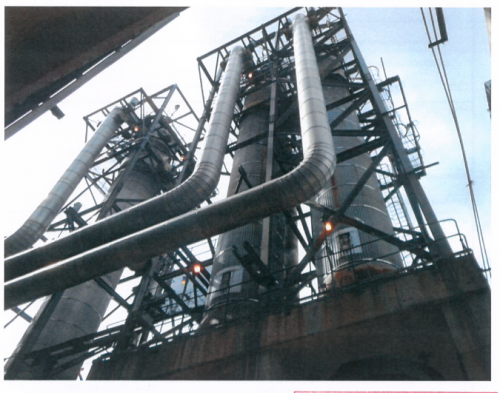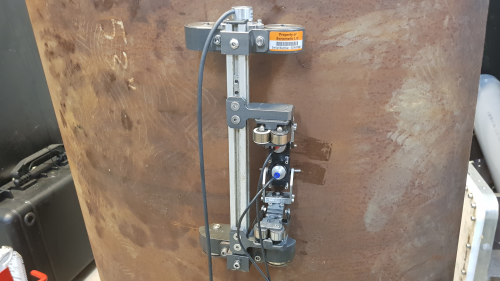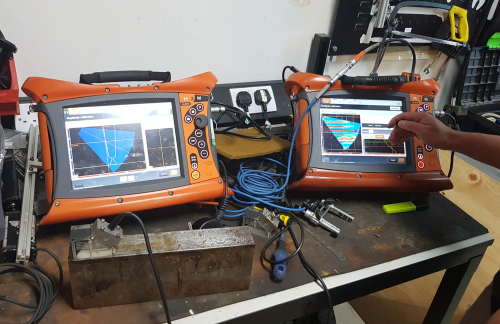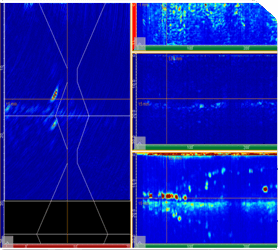
Sonomatic has 30 years of experience with pressure vessel inspections for HTHA, including validation through metallography. We continue to invest a lot of time and energy into the development of HTHA inspection. The approach we adopt involves fine-tuning the ultrasonic set-up to the material, utilising the highest frequency the material will support. We look for changes in the acoustic scatter caused by changes in the metallurgical structure.




